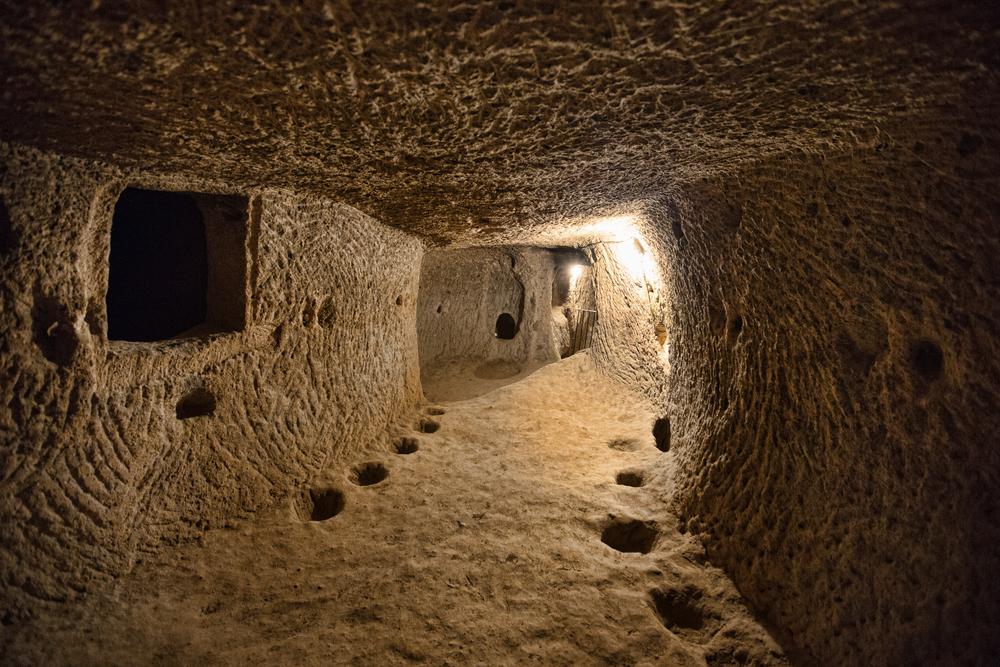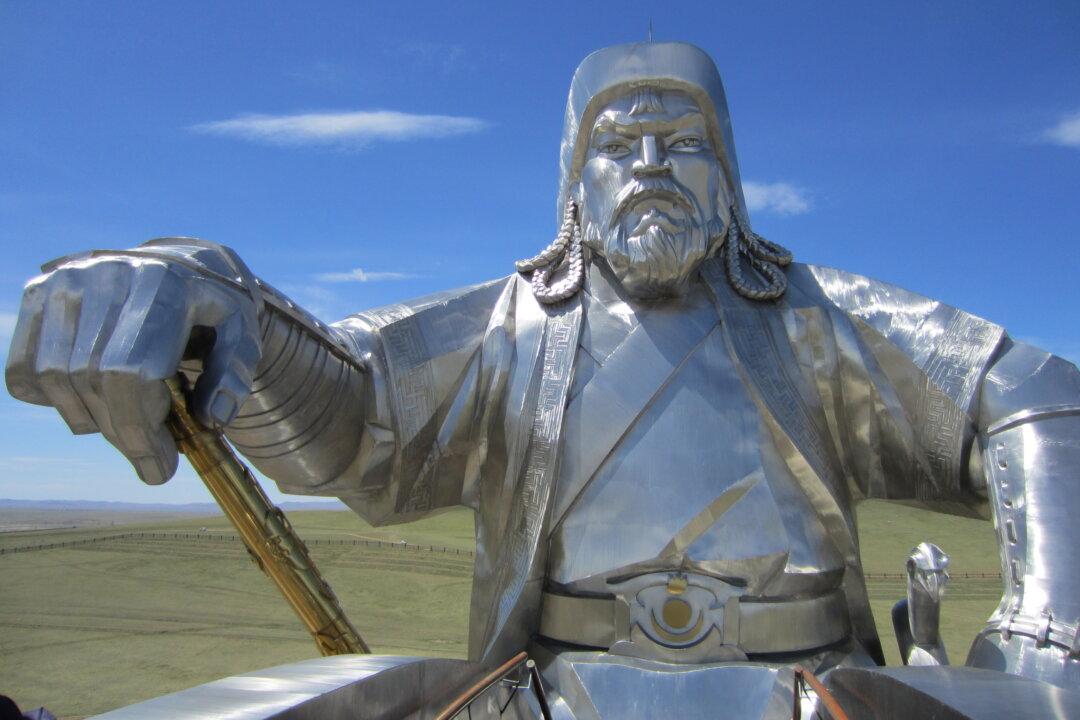In the Cappadocia region of Turkey there is a town called Derinkuyu; and beneath Derinkuyu there is a city, vast and deep, of ancient design, preserved to this day. The mystery of who built it and why remains, although scholars have their theories.
The region of Cappadocia is well known around the world for its vast labyrinths of underground cities. Above ground, the region is equally impressive. The landscape is peppered with ancient volcanic stone chimneys, known as “fairy chimneys.” Over the years, as civilizations and peoples have come and gone, the varying cultures carved intricate structures into and out of these chimneys making for very unique and impressive architecture.

Cappadocia, Turkey. Dziewul/iStock/Thinkstock




